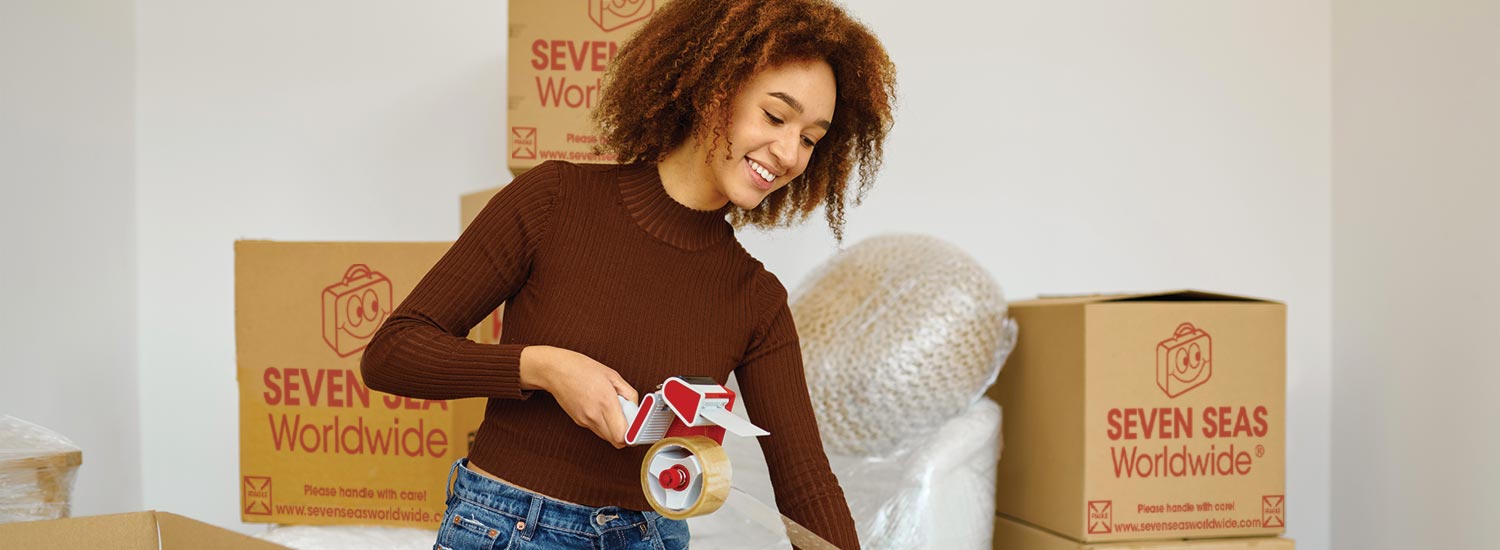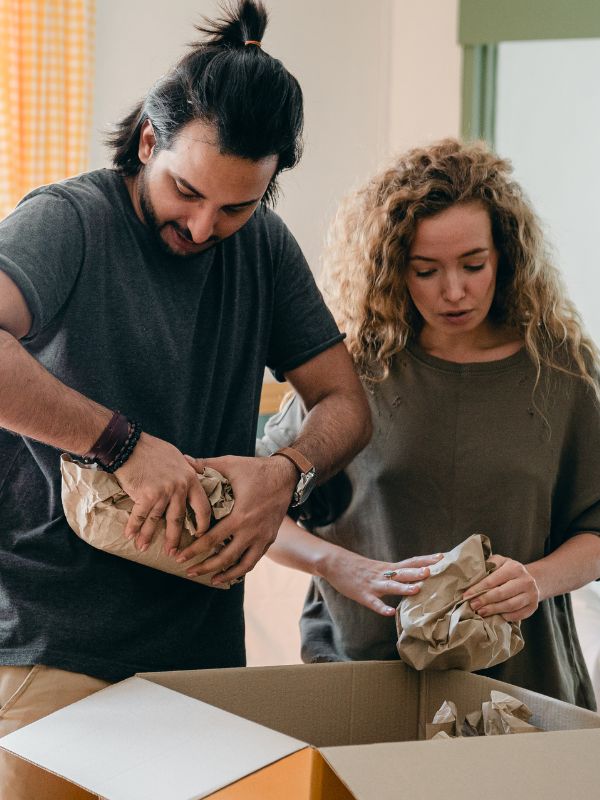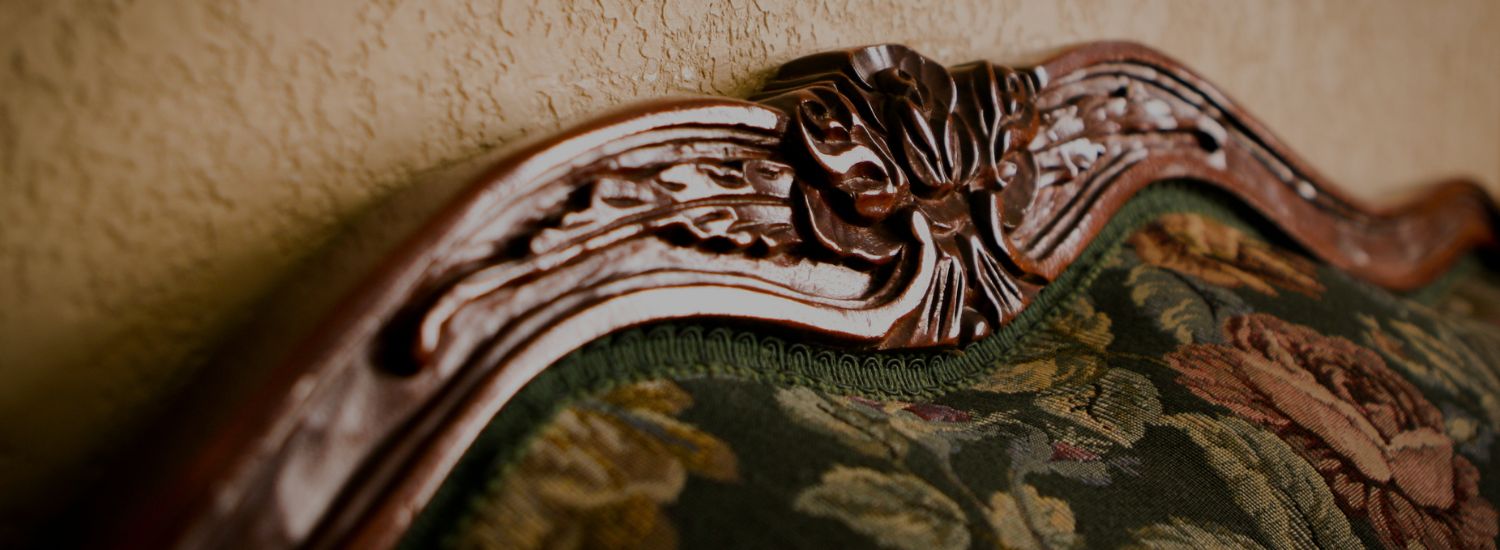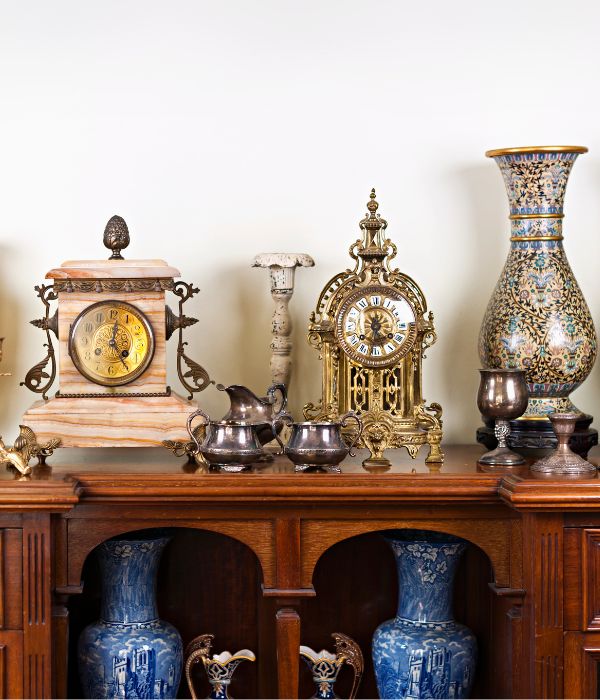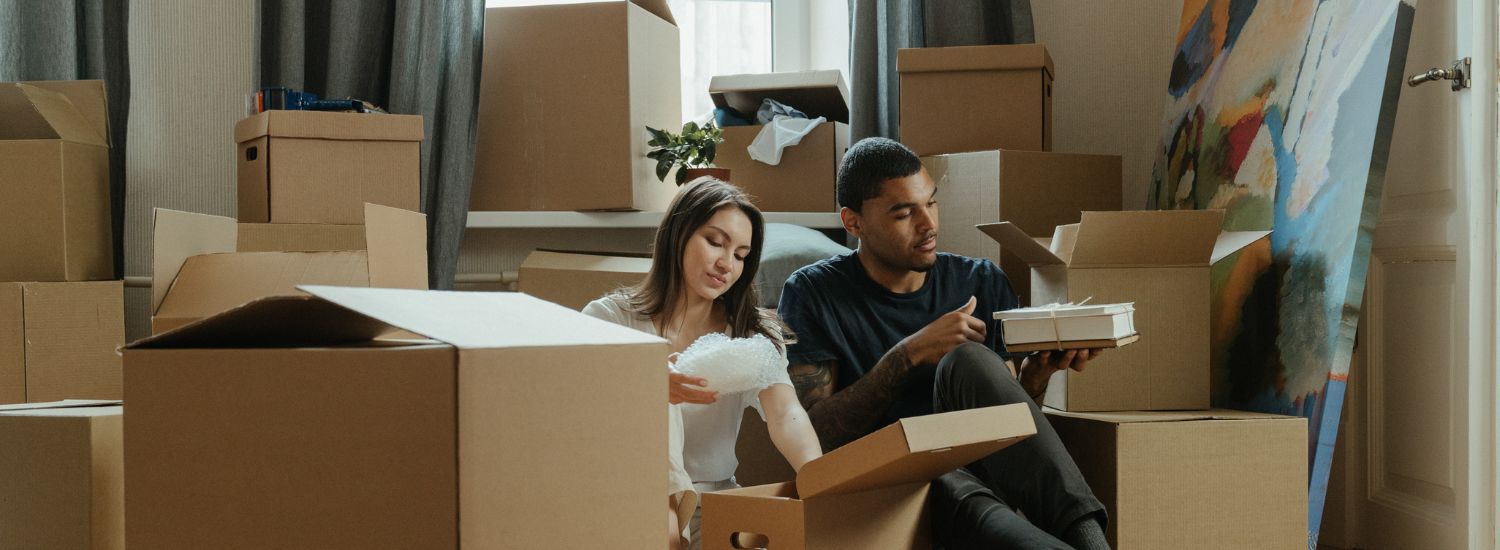Before packing, check this list of items prohibited from entering a particular country or region.
Key takeaways
- To ship furniture, dismantle the item (if possible), clean and dry it, wrap it in plenty of cushioning materials and send it overseas using a trusted shipping company via a sturdy wooden crate.
- Shipping antique furniture requires careful consideration due to its age, fragility, size, and weight, so consider hiring a professional appraiser to confirm the item's condition, authenticity, and value and help you determine the best way to pack it.
- To wrap furniture for international shipping, disassemble the item, clean it with a damp cloth, leave it to dry and then wrap it in a moving blanket held in place with thick packing tape.
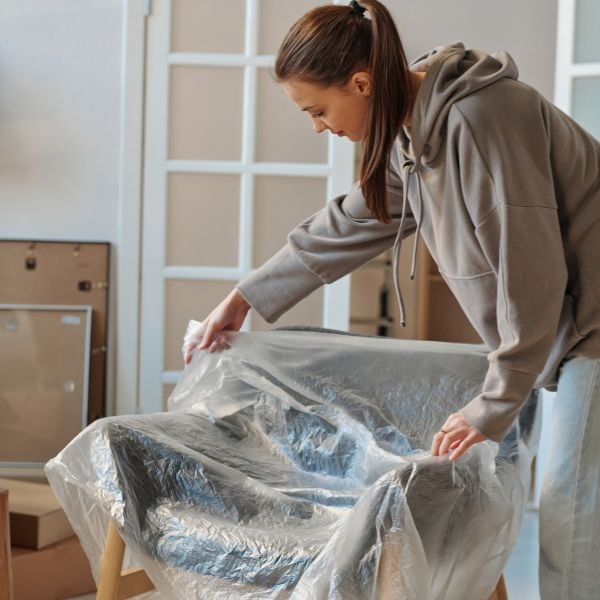
How to ship furniture
To ship furniture internationally, first (if possible) dismantle large sections, e.g. table legs, sofa sections and drawers from cabinets, and thoroughly clean them to remove dust, dirt, and any moisture that could cause damage during transit. Protect each item or section with cushioned packaging materials, such as foam sheets, corner protectors* and bubble wrap. Use extra amounts for particularly delicate, fragile or expensive things.
Next, choose movers specialising in international furniture shipping inside robust wooden crates. They'll come to your door, offer advice and support while you load your furniture, store it (if required), move it, help you clear customs, and deliver it to your destination address overseas.
While loading, fill any gaps with thick layers of padding, such as high-density foam blocks*, corrugated cardboard*, and removal blankets to prevent movement during transit. Remember to label each item clearly with your name and destination room, and take out comprehensive insurance to cover damage or loss during transit.
Finally, check customs regulations at the destination, as some countries have strict rules on importing protected wood and organic materials.
*Seven Seas Worldwide does not endorse these products.

Shipping antique furniture
Shipping antique furniture needs careful consideration due to the item's age, fragility, size and weight. Consider hiring a professional appraiser to confirm the furniture's condition, authenticity, and value, helping you determine the best way to prepare it and providing accurate figures for insurance purposes. You can find certified local antique furniture appraisers online. Established names include the American Society of Appraisers (ASA) in the US and the Royal Institution of Chartered Surveyors (RICS) in the UK.
Before packing, reference the Convention on International Trade in Endangered Species of Wild Fauna and Flora (CITES) website to confirm that your furniture is free from restricted materials like Brazilian rosewood or ivory.
Other commonly restricted materials found in antique furniture include:
- Tortoiseshell: often used in inlays or decorative veneers.
- Mahogany wood: certain types, such as Swietenia humilis or Swietenia macrophylla, may be restricted depending on where the wood was sourced.
- Coral: used in embellishments or ornaments.
- Horns: sometimes found on handles and knobs, including rhinoceros horn and antelope horn.
- Reptile skins: such as crocodile or lizard, sometimes used in furniture coverings.
Research restrictions thoroughly in advance to avoid delays, fines, or confiscation, as some countries impose strict controls on the import of antique wood. To support potential insurance claims due to damage, take clear photos before packing, including close-ups of any dents, scratches or blemishes.
Wrap each item in acid-free tissue paper and padded blankets. Avoid plastic wrap directly on wood, as it can trap moisture and cause damage. Certain items, such as veneered chest of drawers or lacquered chinoiserie cabinets, are susceptible to changes in temperature and humidity.
Insurance is essential — ensure your policy covers antiques for their full replacement value. Finally, remember to declare your items accurately on packing lists and customs forms and include documentation that proves their age and origin, such as receipts, invoices and other proof of purchase.
Is it worth shipping furniture overseas?
Shipping furniture overseas is worth it if the items are high quality, have sentimental value, or are too expensive to replace. Repurchasing low-value, bulky, or worn furniture at your destination is often cheaper. Remember to factor in shipping rates (based on weight and total volume) and customs fees.
To decide what to ship, walk from room to room in your home and list essential furniture. Sell, donate, or dispose of the rest. Online auction sites like eBay and Facebook Marketplace are excellent resources to help fund your shipping costs. Ask local charity shops if they accept furniture, and check whether your council offers home collection for unwanted items.

Tips for packing furniture
Here is some wrapping advice for specific pieces of furniture:
- Sofas and armchairs: remove cushions and, if possible, detachable legs. Wrap the frame and cushions separately to protect against moisture.
- Tables: detach legs and wrap them individually. Protect the tabletop with foam sheets or corrugated cardboard, then cover the entire surface with bubble wrap or a moving blanket.
- Beds: disassemble the frame, headboard, slats and support legs. Wrap each piece in bubble wrap or moving blankets, paying extra attention to corners and edges to prevent dents or scratches.
- Mirrors: place an "X" on the surface with no-residue tape* to prevent shattering if it breaks. Due to its particularly fragile nature, place corrugated cardboard on its surface, wrap the entire mirror in several layers of bubble wrap, and slide it into a double-walled mirror carton*. It's also wise to place two sheets of hardboard cut to the same size as the mirror, either inside or tightly taped to the outside of the box, to protect against impacts and twisting.
- Chests of drawers and wardrobes: remove all drawers, shelves, and mirrors and wrap them separately. Secure doors with shrink wrap or straps. If you decide not to remove the drawers, save space by filling them with soft items like teddy bears, clothes, or linen.
- Dining chairs: detach the legs and wrap them separately. Cover the corners and arms with extra bubble wrap or foam padding*.
- Mattresses: use a sealed mattress bag or heavy-duty plastic wrap. If space allows, place the mattress upright in the crate to prevent sagging.
*Seven Seas Worldwide does not endorse these products.
Clean each item thoroughly to remove dust and reduce the chance of damage during transit due to surface abrasion.
How to wrap furniture for international shipping
To wrap furniture for international shipping, start by disassembling large pieces like tables, desks, sofas, bed frames, and chests of drawers, making them lighter and easier to handle, optimising space in your removals container, and reducing the risk of damage. Keep any screws, bolts, and small detachable parts in labelled bags taped to the relevant item, and take photos before and during disassembly to aid in reassembly.
Clean each item thoroughly to remove dust and reduce the chance of damage during transit due to surface abrasion. Then, thoroughly clean using a damp (avoiding excessive moisture, especially on wood) cloth with a mild soap solution for wooden*, metal or plastic items. For upholstered furniture, such as sofas and armchairs, vacuum thoroughly and remove stains with a fabric-safe cleaner*. Ensure all items are completely dry before wrapping to prevent mould or mildew by ideally leaving them in a well-ventilated, warm area for several hours or overnight.
Wrap each piece in moving blankets, held in place with thick packing tape. Then, use shrink wrap* or bubble wrap for extra padding, secured with more packing tape. Avoid using newspapers or anything printed, like gift wrapping paper, as the ink can transfer. For corners and edges, add cardboard protectors to absorb impact. Use acid-free tissue paper to protect the finish when wrapping polished or antique surfaces.
*Seven Seas Worldwide does not endorse these products.
